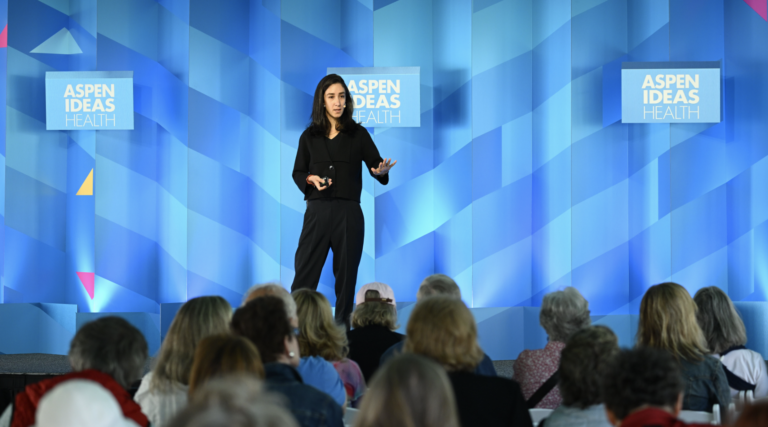New Vision Research Focus - Fanny Elahi

As a physician-scientist, my clinical work and research are closely related to each other and have the goal of bridging the gap between how we think of disease in the clinic and what we understand about the molecular underpinnings and drivers of disease in the laboratory. My goal is to get these closer to each other in order to develop impactful treatments against vascular contributions to brain degeneration in CADASIL, Alzheimer’s disease, and other dementias.
I have long wondered whether aging of the cells at the brain’s protective barriers is an early key step in the destructive cascade of brain degeneration. I became fascinated with brain barriers when I was a resident in Neurology. White matter hyperintensity (WMH) as seen on brain magnetic resonance imaging (MRI) is attributed to brain barrier dysfunction or small vessel disease. The in-between is never explained and frankly not well understood. However, patients with prominent WMH on brain MRI are quickly given the diagnosis of “small vessel disease.” I recall a 62-year-old man asked why he had small vessel disease when he never had a “bad” blood test result or any other relevant medical problems. He exercised, ate well, never smoked, had no head trauma or sleep apnea. His blood pressure was perfect, lipids in ideal range, and he didn’t have diabetes. We had no answers, nor could we tell him what to do to prevent disease progression; we just recommended a baby aspirin. That encounter was a decisive moment in my career. We needed better diagnostic tools for disease of cells composing the brain’s barriers and white matter. I saw then, and still see now, the need for better tools to provide patients with better information, and ultimately better treatment.
I was thrilled to learn about CCAD — a group of researchers who don’t think AD boils down to amyloid and tau. I proposed to use our method for isolation of cell-specific extracellular vesicles (EV) as a “liquid biopsy” approach for studying molecular pathologies associated with disease of brain barriers and white matter. I loved the mock study section and was pleasantly surprised to win the New Vision Research prize in 2019. The support I received for my ideas and the network of amazing mentors and peers I connected with were critical to my success. I built on that project and received a career development award, followed by additional federal and foundation awards to establish my independent program. We performed several proof-of-concept studies and received funding from NINDS to analyze thousands of samples! We quickly realized that we need more high throughput technologies to scale up and are working with industry partners on developing better tools for isolation and characterization of cell-specific EVs.
At this point, my lab combines deep molecular phenotyping of human blood, cerebrospinal fluid, and brain tissue (including EV-based approaches), with clinical data and in vitro modeling to understand how vascular pathologies contribute to degenerative brain changes with the goal of identifying therapeutic opportunities. We fully embrace frowned upon “fishing” expeditions that we quickly renamed “unbiased discovery.” The key to successful fishing is to select the right pond. As such, we use genetics to select high-risk individuals and study what molecular dysregulations are prominent and which of those are associated with clinical outcomes. The main “pond” for our work is CADASIL (Cerebral Autosomal Dominant Arteriopathy with Subcortical Infarcts and Leukoencephalopathy), a monogenic form of VCID caused by mutations in NOTCH3. With CADASIL, I get to think about my two passions—molecular drivers of vascular cognitive impairment and dementia and the heterogenous underpinnings of WMH.
CCAD has impacted many trajectories. In my case, when life circumstances changed and I needed to live closer to my family in New York City, I was thrilled to join the CCAD alums hub—Icahn School of Medicine at Mount Sinai!
